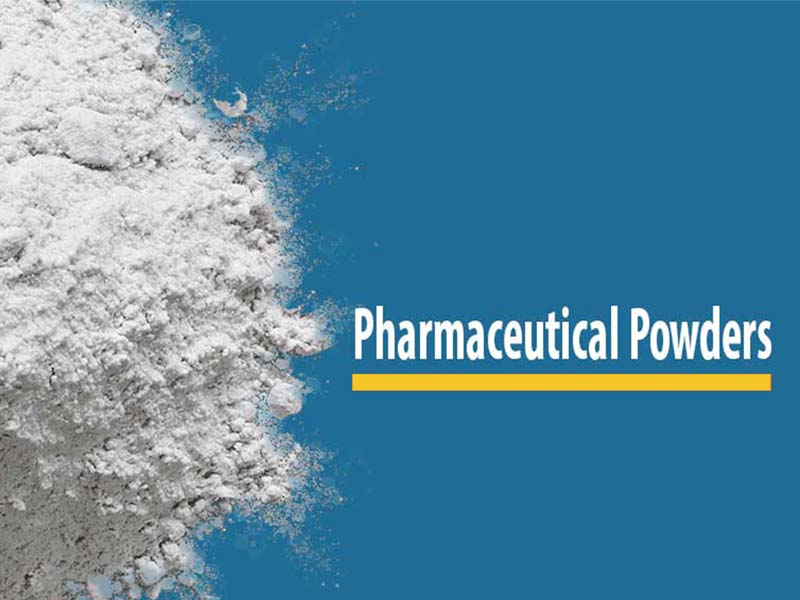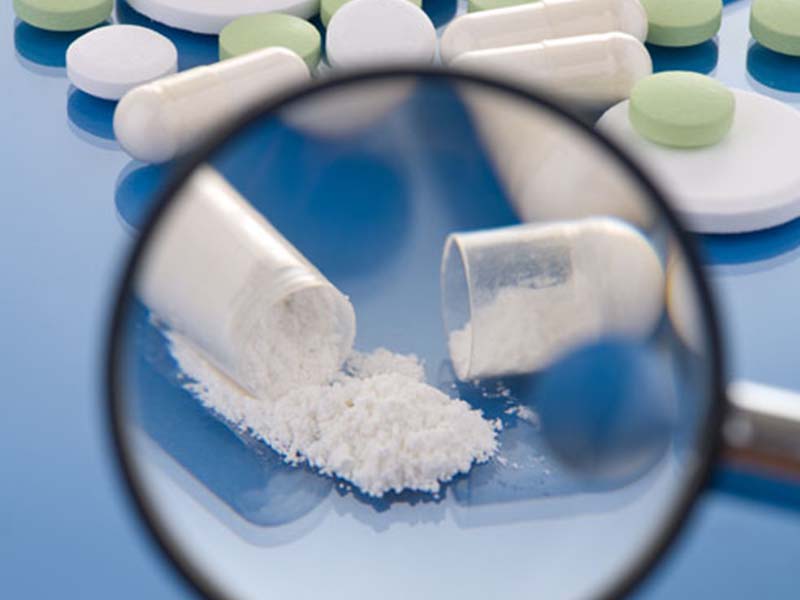First of all what is mixing ? A unit process known as mixing occurs when two or more components are handled in a way that each particle or molecule of the components lies as closely as possible in touch with a particle or molecule of the other components.

There are several methods which are involved in mixing some of the pharmaceutical powders here we can state convective mixing,shear mixing and Diffusive mixing.
Convective mixing: also known as “Macro-mixing.”
Includes moving a collection of particles from one region of a powder bed to another.
Instead of microscopic mixing, this sort of mixing primarily contributes to the macroscopic mixing of powder mixes. Although the rate of mixing in this procedure is rather high, longer times are needed to produce a more uniform mixing because particles inside the moving group do not mix properly.
Shear mixing: Particles move when shear forces are created using an agitator arm or an air burst.
Shear mixing is therefore not the movement of individual particles but rather the movement of a layer of particles.
The key factor causing semi microscopic mixing is the intermediate rate of shear mixing.
Diffusive mixing: also known as “Micro-mixing.”
Involves spreading particles out across a freshly produced surface.
Smaller particles diffuse to the higher layer as a result of the material being tilted, which causes the upper surface to fall due to gravity.
Due to convection and shear forces, which keep the powder circulating around the mixer when the powder bed is placed in a mixer, the volume of that powder bed grows. As a result, there is a greater chance for individual particles to mix with one another as the spaces between particles grow. Compared to convection and shear mixing, diffusive mixing happens at a relatively slow rate, yet it still plays a role in microscopic mixing.
Small-scale operations for the blending of pharmaceutical powders
Powders are primarily mixed using four techniques in small-scale operations:
- Trituration
- Spatulation
- Sifting
- Tumbling
Mixing medicinal powders should adhere to three simple guidelines.
- When combining powders with various particle sizes (such as granular salt and fine powders), first grind each powder to a fine powder before mixing.
- Put the lighter powder on top of the heavier one when combining powders with differing densities.
- Use the idea of geometric dilution when combining small doses of a medicine with a big volume of bulk powder.
Mechanisms of mixing:
The sort of dose form that a mixer is used to manage determines how it is most frequently categorized. Below is a brief explanation of the mixing process in respect to the type of dose form.
(a) Material density
(b) Particle size and distribution
(c) Wettability
(d) Stickiness
(e) Particle shape and roughness
are physical characteristics that influence the ease of mixing.
Tumble mixers and Fixed shell mixers are the most popular models for mixing solids. The concept of bulk movement and shear underlies the operation of tumble mixers. The speed at which the tumble blender rotates directly correlates with the effectiveness of the mixing.

The following three examples of the most popular blender types are provided:
- Double cone blenders
- V-blender
- Bin blender
Fixed shell mixers are pieces of equipment that hold the material in a fixed container while mixing is accomplished by moving paddles, screws, or blades. A somewhat long trough-like shell with a semicircular bottom, typically opening at the top, and helical blades are what make up a ribbon blender. By moving the charged powder from one end of the trough to the other and rotatingly, the blades provide a continual cutting and shuffle of the charge.
- Factors impacting the effectiveness of mixing with tumbling mixers
- Too high of a rotational speed will result in the material being centrifugally held to the mixer walls, and too low of a speed will result in insufficient bed expansion and insufficient shear mixing.
- Baffles or spinning bars, such as those seen in a V-mixer with an agitator bar, can also be added to induce convective mixing.
- when there is a big disparity in particle size, segregation is probably going to happen.
Importance of mixing powders
- Ensure that the active ingredient is distributed evenly
- Ensure that the dosage form has a uniform appearance.
- Check to make sure the dose form delivers the medication at the right spot and at the right pace.
Senieer offers ONE STOP SOLUTION and is a leading supplier and manufacturer of pharmaceutical equipment globally. Senieer is the ideal international partner for businesses in the pharmaceutical, food, chemical, and cosmetics industries. Senieer has spent over 34 years in China, mostly focusing on solid dosage forms. Integral and reliable process solutions. In accordance with international standards like GMP, cGMP, and US FDA, we build equipment.
BIN BLENDERS can be provided and customized by Senieer for your company.
Members of the Senieer technical team enhance the one-stop solution services for comprehensive projects, from consulting to design. We absolutely abide by your requirements and offer solutions to any of your issues.
We are China’s top manufacturers of BIN BLENDERS.
You can click here for further details.










